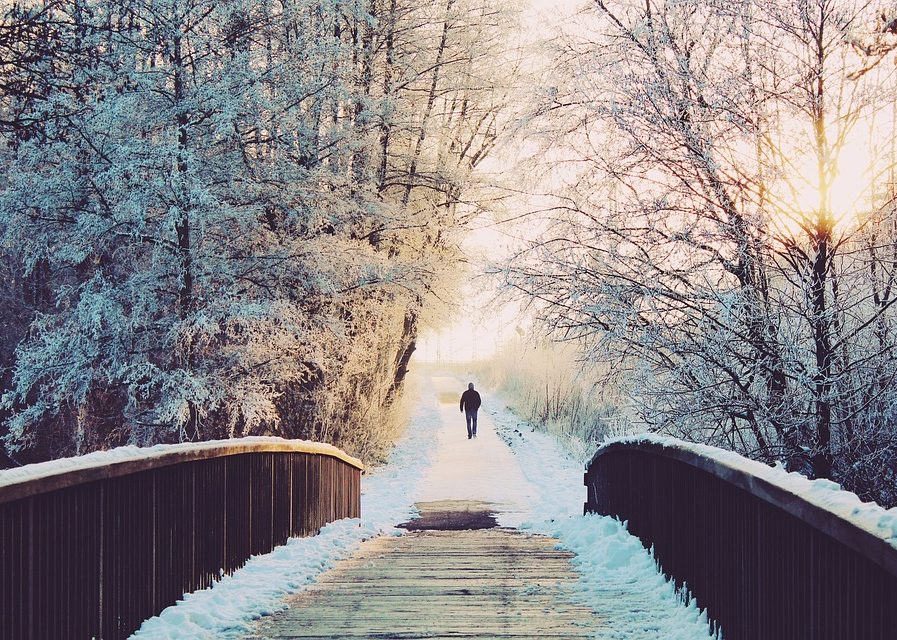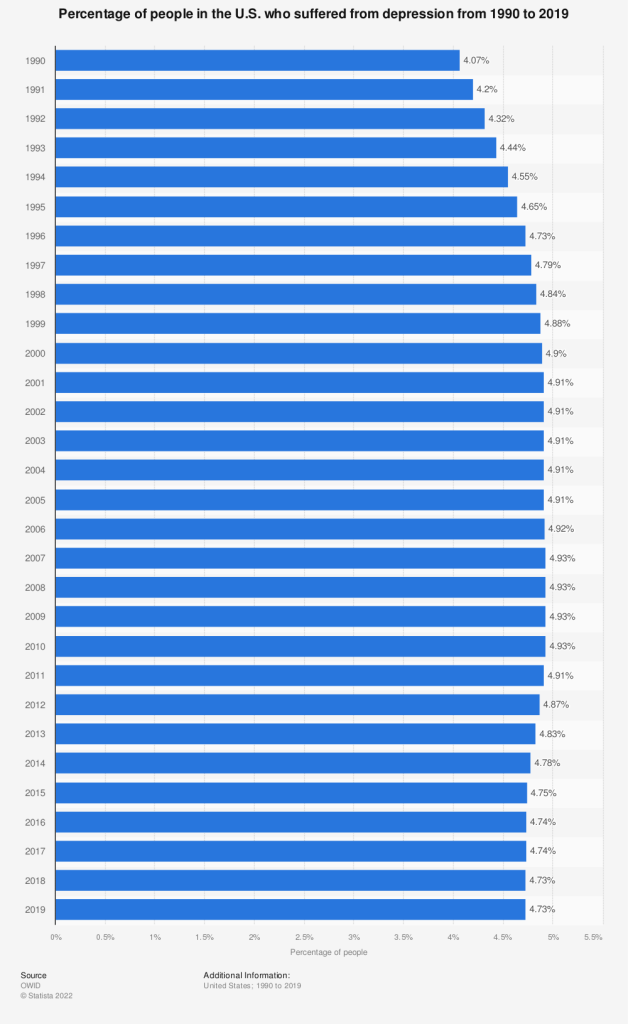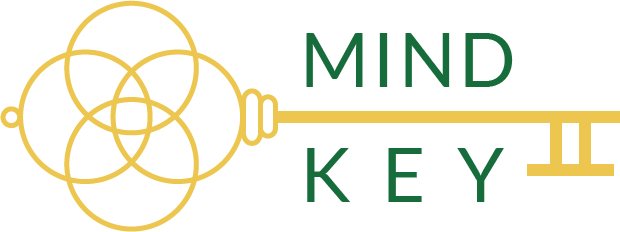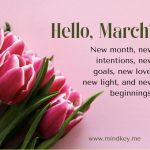
Remedies for SAD, just in time for the Holidays
By Claybourne DiCosmo
During the holidays, seasonal affective disorder (SAD) can hit hard. Many who are afflicted can feel sun-starved and isolated. Remedies for seasonal affective disorder can help as you bob and weave through those feelings. Found friends, good family, therapy lamps and sleep/wake regulation. SAD is no undefeated weed nor beast, it can be tamed and the mental health garden one has cultivated will be prepared for the coming spring.
Remedies for seasonal affective disorder
Some people don’t understand how many people are affected by this seasonal depression. In a 2016 article published in Psychology Today, Dr. Marlynn Wei, board-certified Harvard and Yale-trained psychiatrist and yoga teacher said, “For about 3 percent of people, this mood downturn is so severe that they have something called seasonal affective disorder (SAD).”
Seasonal Socialization

Cosmo Guerini, computational neuroscientist and government contract laborer, had much to say on how socialization is one of many remedies for seasonal affective disorder during the holidays.
“Especially when Covid hit, I was more prone to experiencing bouts of depression. I wouldn’t say major-depressive, but minor-depressive episodes. They ended when I was forced to leave the house and socialize with others, invigorating me.”
He added that socializing increased the quality of this invigoration. Especially with those he tended not to see often, if at all, “Strangers and old friends have the strongest effect on my brain… and I felt better getting out of the house.”
He spoke of how visiting family, despite some tensions, has helped alleviate the feeling of loneliness. Just seeing others and socializing helps. “Even [when] spending time with people who bring me stress, contact with others is a net positive.”
Mackie C., from near Newcastle, England, the owner of an established space known as Moonlight Valley on the platform Discord, a space for mental health in youth and young adults. He had this to say about individuals with SAD. “They tend to get tired quicker, and more irritable. they kinda slow down in general.” (Discord is a social media platform. Though, Discord is far more “social” than it is a “calling service.”) According to a 2011 article in Neuropsychobiology, SAD affects many with mood disorders in particular.

Mackie connected me to his friend Alexander B., who lives around Bath, England, Alexander has lived with SAD for years. His family lives overseas, when he can’t visit them, he finds ways to socialize and seek sun. Sometimes, all he can do to stave off SAD-ness is the found family moments.
“Socializing helps me in terms that it tends to be pretty distracting and engaging, especially during a time where I feel like I don’t have energy or motivation to engage,” Alexander said. “It gets worse the less sunlight there is… The holiday season from October onwards has gotten a lot grimmer since I started being affected by SAD, being that I live overseas from my family, when it gets close to Christmas time, especially in the last few years where I wasn’t able to go home to visit them, the loneliness sort of compounds with the doom feeling from the seasonal depression and takes a lot of the fun out of the season.”
This makes you wonder, out of how many of those who are depressed, have a seasonal form of depression? In a Statista survey, 4.73% of Americans suffered from general depression. According to the government census website, in 2019 there are approximately 300,000,000 people living in the USA in total. How many in these surveys are seasonally affected?
Mood-Lifting Light
Some people approach remedies for seasonal affective disorder with a technological solution; with lamps that create artificial light to make up for the loss of light around late fall to early spring. Dr. Wei adds specific detail on what to do with a correct lamp. Dr. Wei also implores everyone to make sure the lightbox is 10,000 lux, and not a normal lamp. A therapy lamp that mimics the full spectrum found in sunlight is needed.
She also suggests ensuring that the lamp blocks UV light, and makes clear correcting the degree of angle and time exposure to the lamp. She speaks of circadian rhythm too, A study published in Sleep Medicine Reviews explains the basics of melatonin in conjunction with sleep. That melatonin is produced in low light conditions, a fact I know due to sleepless nights. Though those supplements, in my experience, do make one groggy beyond belief. In the study: Seasonal Affective Disorder: An Overview, it was found that those suffering from SAD often have delayed circadian rhythms, and therefore following a healthy sleep/wake cycle can actually help regulate mood, especially when combined with light therapy.
Sleep/Cycle & Sunshine
Janis Li, a neuroscience graduate of a Massachusetts University, aspiring neurologist/physician-scientist, and planning for graduate school had this this to say about light and SAD:
“So, off of my head, knowing about circadian rhythm, light is a strong regulator of that. Light during winter and fall obviously decreases. Circadian rhythm regulates alertness in the day, and you become less heightened in your motivations to do things…”
“Circadian rhythm orexin neurons promote wakefulness; and melatonin promotes sleepiness, it’s a hormone. Usually they’re light-dependent, in the sense it promotes orexin neurons to activate more often. When there’s less light it happens less. Even without light people have wake and sleep cycles, and when there’s no light at all; they still go through their cycle; the cycle isn’t consistent throughout the days without light cues.”
Linda Busch-Somach PhD a therapist, trauma specialist and whose loved ones and patients have dealt with mood disorders and the possibility of SAD that seem to couple with most mood dysregulation disorders.
With regard to use of a therapy lamp, Busch-Somach said, “It absolutely must be done according to the parameters proven in medical research.”
Of course as a therapist, she conveyed one should use it properly and preferably with guidance, especially if you have other mood or related mental health concerns. Mental health can be medical and/or clinical; it is always good to be safe about it.
Below are facts about how a therapy lamp helps through its physical processes and further passionate information from Dr. Busch-Somach:
- The light enters the brain through the optic nerve which connects your eyes all the way toward the back of the skull, on both sides to the occipital.
- Before arriving, it’s connected to neural pathways that go through your frontal lobe where we do a lot of thinking and then through other brain areas associated with mood, energy and one cool part.
- This [cool] part is called the reticular activation system, responsible for sleep-wake cycles.
Dr. Busch Somach continued, “When used properly, I have never seen it fail in preventing and treating SAD, in [conjunction] with bipolar individuals, who are more likely to experience SAD than people with unipolar depression.”
I will say this has been a learning experience for me and a solidification of prior advice regarding remedies for seasonal affective disorder. I have SAD myself, and it began late October of this year. Dr. Busch-Somach recommended I try 15 minutes of therapy lamp exposure using a lamp of 10,000 lux. This was a recommendation for myself, I admit, it works wonders. Helped me get moving and wrap up this article! Anyhow, therapy lamps are often on sale on Amazon. Hopefully you can know you’re not alone. I hope you meet with friends and family alike this winter, try out a therapy lamp if need be and seize that winter wonderland. Say “No” to winter blues. Heart–to–heart, I hope we both enjoy our holidays.
The information in this article is not intended to diagnose, treat, cure, or prevent any disease. Please contact your health practitioner to discuss your own health needs.
Mind Key and The Daily Key are registered Amazon Associates and may earn a commission from qualifying Amazon.com purchases linked to in this article.



 Getting that sunlight when you can, it makes all the difference. Image by TanteTati
Getting that sunlight when you can, it makes all the difference. Image by TanteTati  Getting that sunlight when you can, it makes all the difference. Image by TanteTati
Getting that sunlight when you can, it makes all the difference. Image by TanteTati